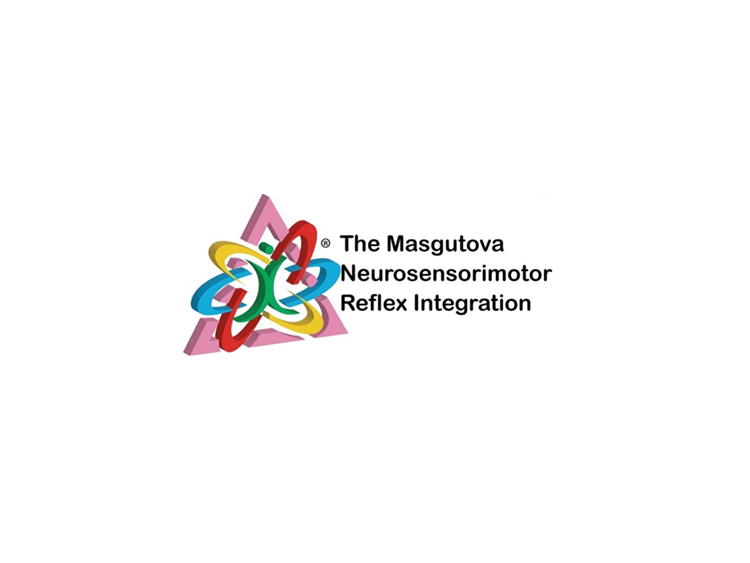Last updated 07-Sep-2024 04:07 PM
Masgutova Neurosensorimotor Reflex Integration (MNRI)

Introduction
Masgutova Neurosensorimotor Reflex Integration (MNRI®) is a therapeutic approach designed to help individuals with developmental challenges by addressing dysfunctional primary reflexes. These reflexes are automatic, innate movements that infants perform, which lay the groundwork for more complex motor and cognitive skills later in life. MNRI® is based on the principle that improper integration of these reflexes can result in delays or difficulties in motor, sensory, and emotional regulation. The method aims to restore and optimize the body's natural reflex pathways through specific exercises.Scheduling: How much time do you need?
The time commitment for MNRI® therapy can vary depending on individual needs and goals. A typical session lasts between 60 and 90 minutes, with recommendations ranging from one to several sessions per week. Therapy programs can span several months or even years, especially for individuals with significant developmental delays. The frequency of sessions is often tailored based on the therapist's assessment of the patient's progress and needs.Pros & Cons
Pros: - Holistic and natural approach that does not rely on medication. - Can benefit individuals of all ages with a variety of developmental and neurological issues. - Focuses on the root cause of dysfunction by retraining the brain's reflex systems. Cons: - Therapy can be time-consuming, requiring long-term commitment. - Limited availability of certified MNRI® therapists in certain regions. - Research supporting MNRI® is still developing, which may cause skepticism among some medical professionals.Target Audience: Who can benefit?
MNRI® can benefit a wide range of individuals, including those with: - Developmental delays - Autism spectrum disorders - Cerebral palsy - Traumatic brain injuries - ADHD - Sensory processing disorders - Anxiety and emotional regulation difficulties Children and adults alike can see improvements in motor skills, sensory processing, behavior, and cognitive functions through this approach.Exercises: What to do?
The exercises in MNRI® therapy target specific reflexes that need reintegration. They often involve repetitive movements or patterns that mimic the natural reflexes of infancy. Examples include: - Crawling exercises to stimulate the spinal Galant reflex. - Hand-grasping movements for the palmar reflex. - Head-turning motions to engage the asymmetric tonic neck reflex (ATNR). Each session is tailored to the individual's needs and is often guided by a certified MNRI® practitioner who adapts the exercises to specific developmental goals.References: Who talks about it?
MNRI® is discussed by various professionals in fields such as occupational therapy, physical therapy, and developmental psychology. Organizations like the Masgutova Foundation provide detailed explanations, case studies, and ongoing research related to the method. In addition, many parents and caregivers have shared anecdotal success stories through online forums, blogs, and support groups.Cost: How much do you need to spend?
The cost of MNRI® therapy can vary widely depending on factors like location, therapist expertise, and the length of therapy required. Sessions typically range from $100 to $200 per hour, and intensive programs or workshops may cost several thousand dollars. Many insurance companies may not cover MNRI® since it is considered an alternative therapy, so out-of-pocket costs can add up over time. Some providers offer payment plans or financial assistance to help manage the costs.. . .
Comments (0)
Your email address will not be published. Required fields are marked *
